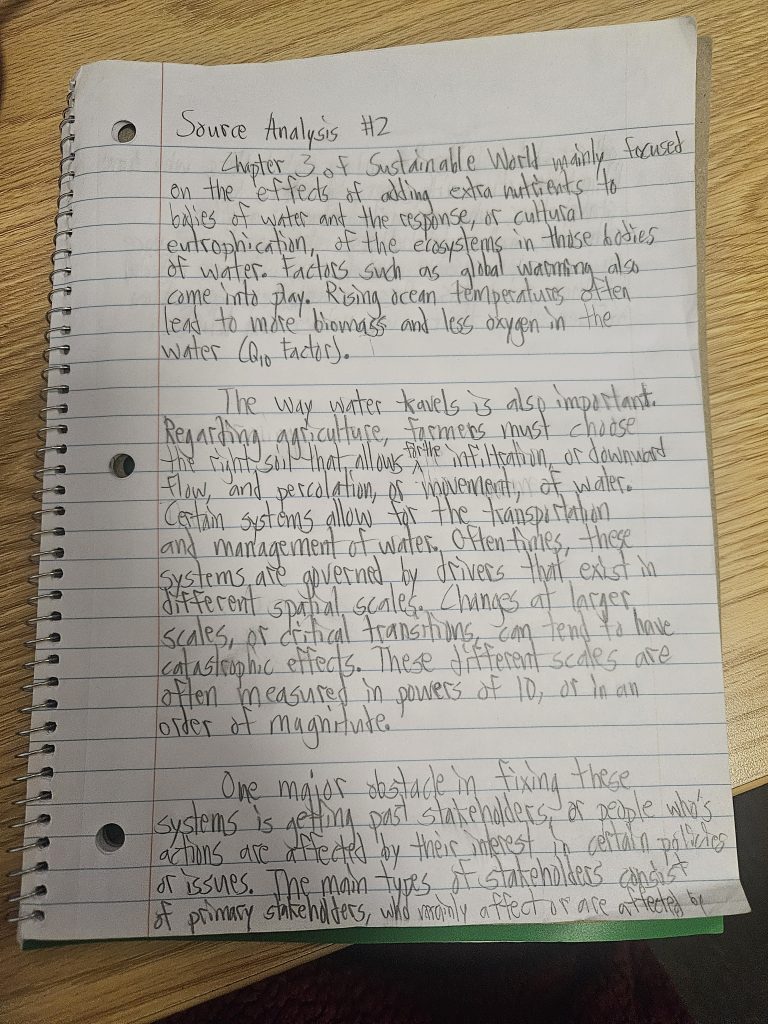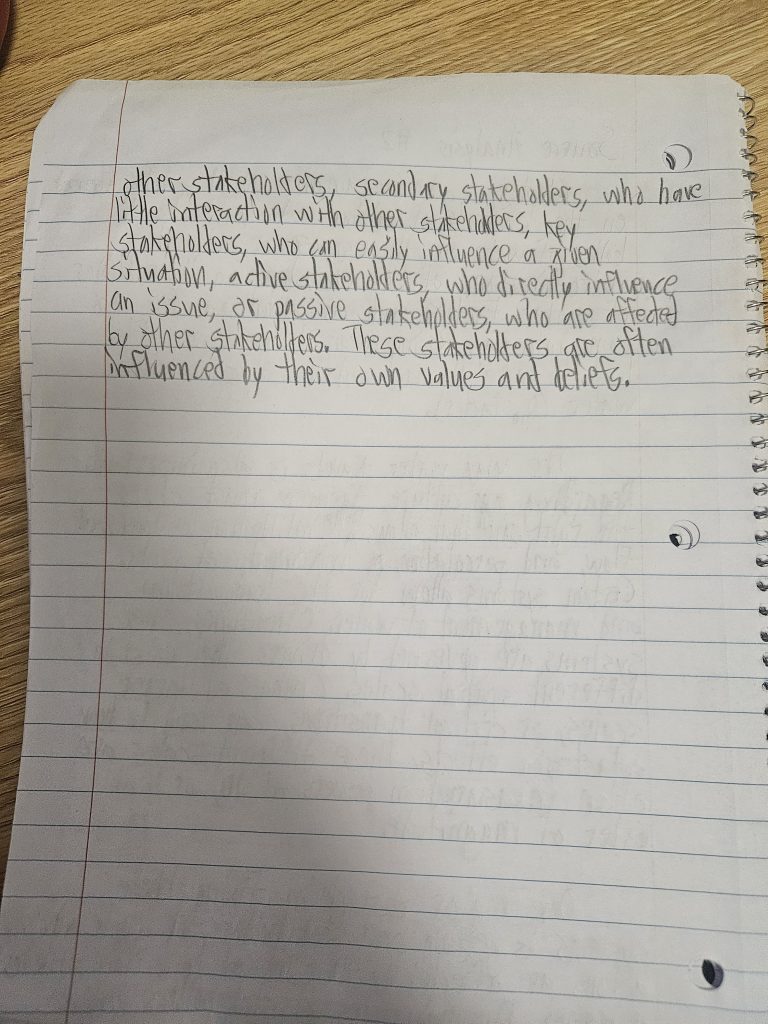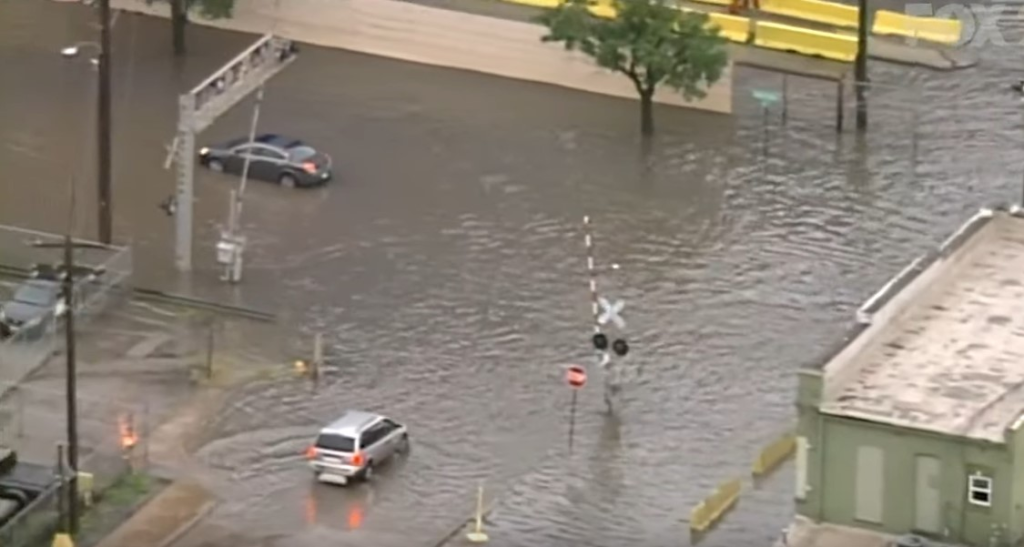



The article I chose was “Why The Super Rich Are Inevitable”, which uses real world scenarios to correctly explain how money distribution works. The arguments given in this piece perfectly describe the way money naturally moves around in our economy to an audience that ideally does not fully understand the statistics of trading money. The author mainly wrote this piece in a modern-day context where the rich continue to get richer as everyone else continues to lose money. In order to get this point across, the author uses several different methods to persuade his audience, such as implementing different styles, creating symbolism and appealing to rhetoric.
The highlight of this article is how it transitions from creating a hypothetical situation to diving into true statistics and economics. The beginning of the article consists of many different pictures that all work together to show a hypothetical situation created by the author to allow the reader to truly understand the concept he is trying to explain. This is followed by charts, which serve the same purpose, and several paragraphs in which the author explains how the metaphor connects to his main idea. Along with that, the piece contains several interactive points that allow the reader to manipulate charts and modify decisions made in hypothetical situations. All these pieces together make it possible for anyone to understand money displacement and its effects on our modern society.
Besides the obvious parts of the piece, there is also an underlying layer of symbolism contained throughout it. After explaining the relevance of the metaphoric scenarios, the author continues to tell the reader that every game involving money distribution always ends with one very rich person. The author goes on to relate these games to real life, and how there is often an abundance of poor people with only a handful of extremely wealthy individuals. It is eventually explained that the interactive game came straight from the Yard-sale model, which was published by physicist Anirban Chakraborti in 2002. The author also references several other people who have made contributions to this study. But the most important aspect of these references is the Yard-sale model, which allows the interactive tools to represent the real world.
Another key component that adds to the effectiveness of the piece is the author’s methods of persuasion. The author mainly uses statistics and former studies throughout his piece to persuade the reader into believing his claims. In explaining how money distribution naturally occurs, the author does not blame or elevate any one side, since it is almost impossible to evenly distribute money throughout a population. With rhetoric in mind, it is obvious that the author clings to Logos appeals. As stated earlier, the piece is littered with statistics and results from further studies that the author uses to back up his claims that equal money distribution is impossible. In particular, the author uses a rhetorical fallacy known as Stacked Evidence. This is where only one side of an issue is explained in depth. While the author does do a great job at using the Yard-sale model to represent real life economics, what he doesn’t discuss is how taxes and income classes can change the dynamic of wealth distribution. However, this decision helps the reader grasp that this issue is unchangeable.
All together, these methods allowed the author to ultimately persuade his general audience of the truth about money distribution in our modern world. Many people, before reading this piece, would assume that taxes caused this issue. However, the author perfectly mixes interactive hypotheticals with real-world studies to prove that this effect is only natural. Along with his rhetoric, the author truly knew how to persuade his audience in a way that also taught them a lesson in the end.
In our modern world, there are many different belief systems and ideals shared by people across the planet. These beliefs tend to be centered around a religion or teaching, while some of them come from a personal understanding of how the world works. The challenge is figuring out which beliefs are the most “morally correct”. It is easy to think of yourself as the good guy in these situations, what is not easy is questioning your own ideals and putting yourself in the position of someone else. Since I was a teenager, I was always curious about why people made certain choices. I wanted to gain a deeper understanding of the people around me. This formed one of the most important parts of my identity: my morals and ideals.
Growing up, we are often taught to run to an adult when we need help solving an issue. The concept that all adults are intelligent, level-headed individuals is practically engraved in our minds. However, when I turned 18, I started to question the decisions made by many adults around me. Working at Taco Bell
The fear of other people’s opinions is common for most late adolescents and early adults. People
I would like to believe that my sense of morality developed when I was an early teenager. Ever since the age of 14, I knew I wanted to be a good person. Despite all the bad circumstances that I was involved in, I never wanted to “get even”, I just wanted to be able to make people happy. To this day, I still think like this. While I may have moments where I wish bad on people or hope they go through some sort of struggle, I always go back to trying to help and support people. My belief is that people should want to be good or to be nice, but the reality is often very different. Many people in our world are just heartless, they act based on their own emotions and have no reaction to how it negatively affects those around them. These people usually have a core reason why they are the way they are, whether that be because of a traumatic event from their past or because they need to compensate for other aspects of their life. Either way, the common explanation for many is “I was hurt in the past, so I am going to hurt others now”. Drawing back to my last example, my dad’s father was never there for him as a kid, as a result, he never knew how to be a father for me. I do not fully understand why, but I have never thought like that before. A motto I like to live by is: “Never let the negative actions of others change who you are as a person”. Through every bad situation I went through with either parents or friends, the first thought on my mind was what I would have done differently if I was in their position. It is sad to look around and see that not many other people think the way that I do.
These three issues may seem unrelated at first, but the correlation starts to reveal itself after a while. The irrationality, mixed with a self-centered logic, gives many adults a twisted sense of morality and “justice”. Sadly, most of these people know how messed up their ideals are, but they are too stubborn to change. They are stuck in an endless pattern of anger and pain. I have seen the patterns too. I have noticed how certain trends tend to stick around in my family or with my friends. Along with being a good person, that has also been a major goal of mine
| What concepts are you going to learn, or skills are you going to develop? | How will you learn the content/develop the skill? | What evidence will you add to the portfolio to demonstrate your learning? | How will you and I assess the evidence of your learning/skills? |
| 15% 2C (Using multiple sources) | I will read articles from the sources provided in class and do more research on my own outside of class | I will add the different sites and sources that I have used to gain more information for the Multimodal Compositions | We can assess how credible my sources have been throughout the semester |
| 25% 3A (Analyzing core beliefs) | I will assess what my core beliefs are and how I would apply them to solving wicked problems | I will add excerpts from my Source Analyses to show how I view the different attempts to solve wicked problems | We can determine how good my understanding of other’s core beliefs is |
| 30% 3B (Understanding multilayered issues) | I will analyze the different systems that wicked problems are involved in and what components play key roles in each system | I will show pieces of my Multimodal Composition as evidence of my understanding on the complexity of wicked problems | We can evaluate my knowledge on systems and their components |
| 10% 13C (Writing skillfully) | I will learn from comments on prior writing assignments and improve my writing each time | I will add a rough draft of an MC and right next to it, the final draft, showing my improvement | We can evaluate how my MC’s and Source Analyses have improved over time |
| 20% 6A (Seeing through bias) | I will learn to understand situations through another person’s POV | I will add pieces from my Source Analyses to show my views on certain issues | We can determine how well I have been able to assess solutions without bias |
Sustainability challenges have long been a problem that many communities worldwide found to be difficult to solve. These challenges are also known as wicked problems since these issues can never truly be resolved. One common wicked problem many people in the St. Louis or Metro East areas face on a daily basis is water equity. Due to their close proximity to the Mississippi River, people in the community often face problems revolving around flooding, clean water, and river transportation are often. Granite City, for example, has a massive problem with flooding after storms. So much to the point where almost every street is covered in water after it rains. While this issue may not seem like it qualifies as a “wicked problem”, once you start to examine it more, it is clear that this problem is not one that can be easily solved.

Many people who live in Granite City would consider the flooding to be a consistent problem in the town. “Granite floods” is a statement well known by the people who live in the city. However, while the people may agree on this being an issue, the city might not have the same view on this matter. While efforts have been made in the past to prevent flash floods like the ones that happened in 2019 and 2022, nothing major has changed since then. One family even filed a complaint against the city, pinning the blame for the flood on poor sewer systems and drainage ditches. Yet, the same problem arose in 2021 and 2022, with reports of 9 inches of rain covering streets and flooding homes. Aside from the fact that the flash floods do not have a clear problem definition, there is also no evident solution for this situation. Granite City does not exactly have the best track record for resolving issues on their roads. One case of this is a pothole in the middle of Maryville Road. For years, the road has periodically been blocked off for repairs. But no matter how many times the road is “fixed”, the issue always seems to come back. Even if the city puts all their effort into improving the sewer and drainage systems, there is always the possibility that future flash floods will continue. Whether the city decides to act on this wicked problem or not, the fact that there is no definite solution to the flooding will always be an obstacle in their path.

Through deeper examination, the long-term effects of this problem also impact how quickly the issue can be fixed. If the core challenge at hand is the sewage and drainage systems in Granite City, the solution might not be as simple as one would think. Even if the sewage systems were removed and replaced by new ones, there is always a possibility that this replacement could be done wrong. If that were to happen, it could cause sewage to leak out in the wrong places, creating an entirely different problem throughout the city. This creates the whole concept that many solutions for wicked problems could often cause irreversible affects even though they were originally implemented to fix the problem. These solutions cannot be quickly applied in case they are to backfire. At the same time, the urgency of these problems also requires quick attention. There have already been multiple flash floods throughout the past few years. In each case, the water has seeped into people’s houses and soaked most of their belongings. If it has happened in the past, it can easily happen again in the future. The city needs to make efforts to combat against a future flood before it happens again. These two traits make this issue even more difficult to solve, since the problem needs to be solved soon to prevent an incident from occurring again, but not too soon because that could also result in the solution creating unintended side effects that could be irreversible. This is why it is crucial for people to understand the complexity of wicked problems, so a simple solution is not applied to an intricate issue.

The flash flooding in Granite City is only one example of the wicked problems related to water equity in our communities. East St. Louis is another prominent area that often experiences flooding after storms. While solutions applied to Granite City could also be applied to East St. Louis, it is important to realize that every city is different. The resources that are available to help Granite Citizens may not be accessible for people in East St. Louis. Along with that, water equity does not just apply to flooding. Clean water and transportation on the Mississippi River are other topics often discussed in areas closer to St. Louis. The fight for fixing water-related issues in our communities is an ongoing battle that will take effort from everyone to start resolving.
Brannan, Dan. “Granite City Battles Flash Flooding Issues with Improvements, Mayor Says More Work Left to Do.” RiverBender.Com, 26 July 2022, www.riverbender.com/articles/details/granite-city-battles-flash-flooding-issues-with-improvements-mayor-says-more-work-left-to-do-60187.cfm.
Koziatek, Mike. “Her Basement Flooded Again. Now She Wants Granite City to Fix Its Drainage Problems.” Belleville News-Democrat, 18 Aug. 2019, www.bnd.com/news/local/article234117542.html.
© 2025 Jaiden DeBoe
Theme by Anders Noren — Up ↑